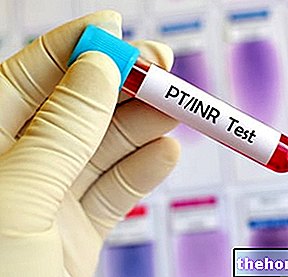Generality
Volemia is synonymous with circulating blood volume, therefore the overall quantity of blood present inside the circulatory system.
In the adult, the average volume is around 4.7 - 5 liters, with small individual variations:
- it is generally 10% higher in men than in women;
- it is greater in children than in adults and the elderly (as long as it refers to the body surface, therefore expressed in relative terms (L / m2) and not absolute).

What's this
The volume is the total volume of the blood, that is, of the plasma and of the figurative elements (red blood cells, white blood cells and platelets).
The volume includes both the mass of blood circulating in the vessels, and that immobilized in some organs that act as deposits, such as the liver or spleen.
The volume of circulating blood is controlled by the kidneys and varies according to body weight, age and gender.




























